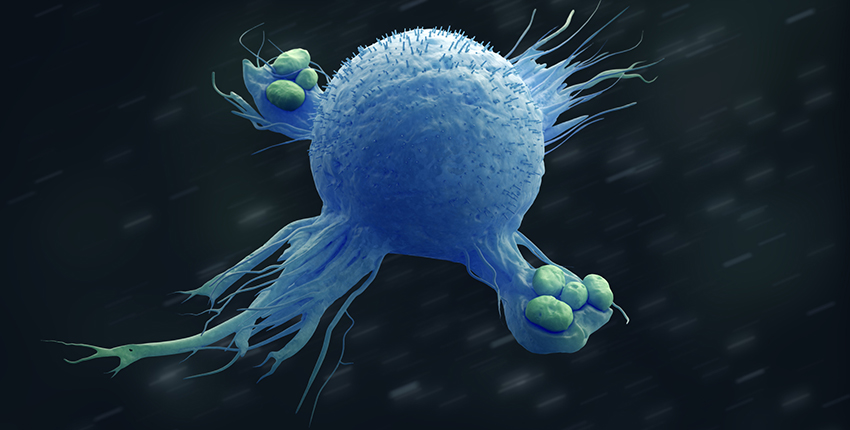Latest Breaking News
In reply to the discussion: Pfizer says booster in children 5-11 raises antibodies against omicron [View all]BumRushDaShow
(129,875 posts)they had those children still available to continue with the trials and do the booster 6 months after the initial shots and I expect others at different phases of their trials might be coming up later.
After watching almost all of the FDA VRBPAC and CDC ACIP meetings, one of the concerns that members had (i.e., those who were pediatricians on those committees as most vaccines tend to be directed towards children anyway), children are more prone to getting some form of what they call "MIS-C" (Multi-Inflammatory Syndrome-in Children). This happens with both the vaccines AND with COVID-19 infection. That syndrome does also happen in young adults as well (dubbed "MIS-A" ) but is not as common. So they have been struggling to weigh the risks/benefits of vaccinating that age group.
The problem though is that we haven't had a virus like this in over a century and as you have now witnessed over the past 2 years (and I say this as a retired chemist who used to work for one of the health agencies), there is a lot of stumbling around going on because "past practices" that they have been accustomed to, have NOT panned out for predicting the behavior of SARS CoV-2.
And regarding "inflammation" - I literally read an article today based on a recent study done by Harvard with a fascinating discovery about what might be happening with the disparate inflammatory responses -
Study reveals how COVID-19 triggers severe immune response
By NANCY FLIESLER | Boston Children’s April 6, 2022 Research

Illustration of a macrophage battling bacteria. Image: urfingus/iStock/Getty Images Plus
This article is part of Harvard Medical School’s continuing coverage of COVID-19.
A study led by researchers at Harvard Medical School and Boston Children’s Hospital explains for the first time why COVID-19 causes severe inflammation in some people, leading to acute respiratory distress and multi-organ damage. Surprisingly, the study also finds that antibodies that people develop when they contract COVID-19 sometimes lead to more inflammation, while antibodies generated by mRNA COVID-19 vaccines seem not to. Findings were published April 6 in Nature. The team was led by Judy Lieberman, HMS professor of pediatrics at Boston Children’s; Caroline Junqueira, HMS research associate in pediatrics at Boston Children’s; and Michael Filbin, HMS assistant professor of emergency medicine at Massachusetts General Hospital.
“We wanted to understand what distinguishes patients with mild versus severe COVID-19,” said Lieberman. “We know that many inflammatory markers are elevated in people with severe disease, and that inflammation is at the root of disease severity, but we hadn’t known what triggers the inflammation.”
Fiery death of immune cells
The investigators analyzed fresh blood samples from patients with COVID-19 coming to the emergency department at Mass General. They compared these with samples from healthy people and from patients with other respiratory conditions. They also looked at lung autopsy tissue from people who had died from COVID-19. They found that SARS-CoV-2 can infect monocytes—immune cells in the blood that act as sentinels or early responders to infection—as well as macrophages, similar immune cells in the lungs. Once infected, the team found, both types of cells die a fiery death called pyroptosis that releases an explosion of powerful inflammatory alarm signals. “In the infected patients, about 6 percent of blood monocytes were dying an inflammatory death,” said Lieberman. “That’s a large number to find, because dying cells are rapidly eliminated from the body.”
Examining the lung tissue from people who died from COVID-19, they found that about a quarter of the macrophages in the tissue were dying. When the researchers studied the cells for signs of SARS-CoV-2, they found that about 10 percent of monocytes and 8 percent of lung macrophages were infected. The fact that monocytes and macrophages can be infected with SARS-CoV-2 was a surprise, since monocytes don’t carry ACE2 receptors, the classic entry portal for the virus, and macrophages have low amounts of ACE2. Lieberman thinks SARS-CoV-2 infection of monocytes might have previously been missed in part because researchers often study frozen blood samples, in which dead cells do not show up.
More: https://hms.harvard.edu/news/inflammatory-insights
Here's a link to the "Nature" mag publication - https://www.nature.com/articles/s41586-022-04702-4
Basically what they discovered is that COVID-19 obviously "attaches" and replicates in specific areas of the body that have what they call ACE2-receptors (which appear all over the body - not just the respiraratory system but also on the kidneys, in the digestive system, in the circulatory and neural systems - which helped to explain all the different symptoms that people might present with). But this latest research found that the virus can ALSO attach to certain "canary in the coal mine" immune cells that have none of those receptors, and although the virus can use those types of cells to replicate with, the attachment is weak and not optimal, so instead, if it does attach, it basically sets up a near-catastrophic set of processes that just destroys those cells, and doing so releases chemicals in the body that cause inflammation.
They said that they hadn't discovered this phenomena earlier because the samples that they were testing were often stored frozen and thus any traces of the now-destroyed monocytes or macrophages, would not be picked up.
